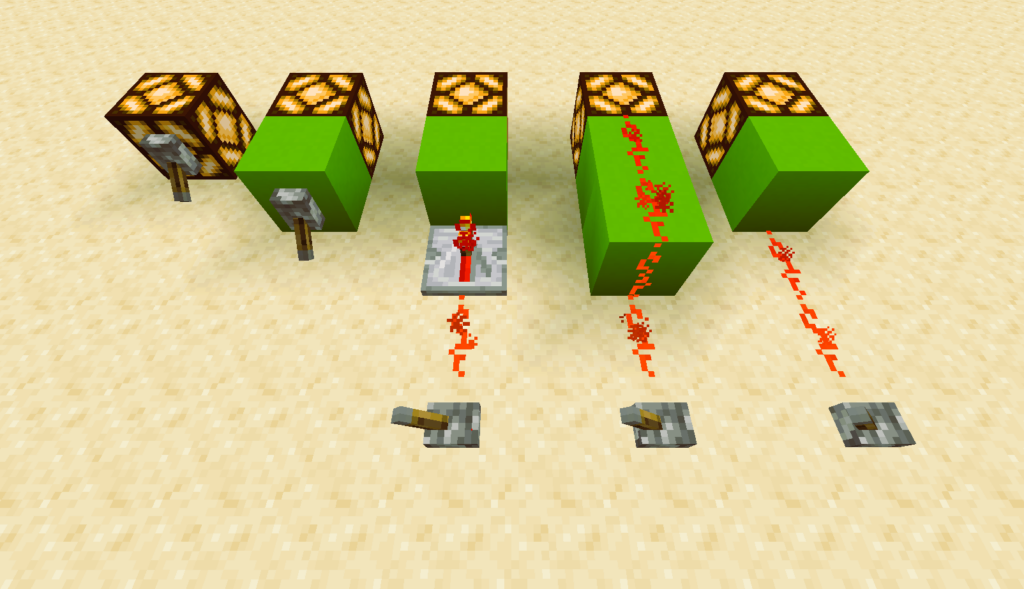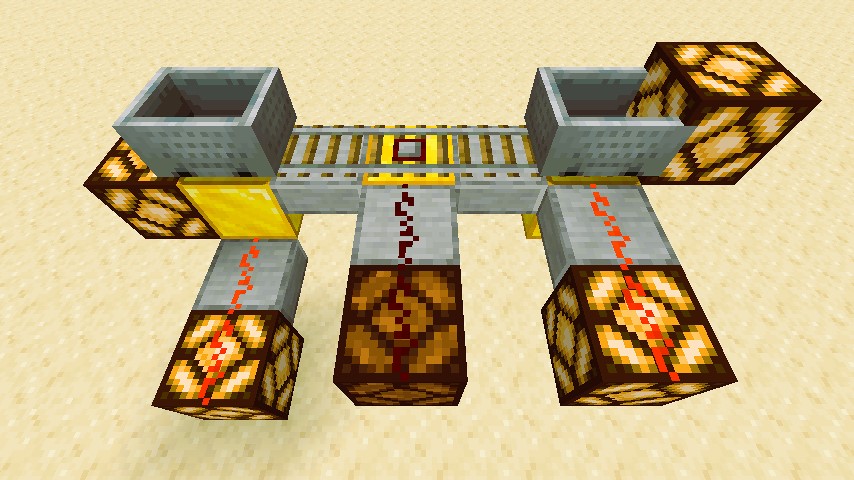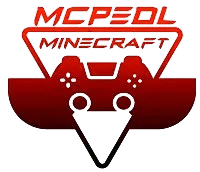Redstone is one of Minecraft’s most versatile and powerful resources, offering players the ability to create intricate contraptions, automated systems, and complex machinery. For beginners, the world of Redstone can seem daunting, but with the right guidance, it becomes a fascinating and accessible aspect of the game. This comprehensive guide will walk you through the basics of Redstone mechanics, helping you get started on your journey to mastering this crucial element of Minecraft’s engineering system.
Understanding Redstone Basics
Redstone is a mineral resource in Minecraft that behaves like electrical circuitry in real life. It allows players to create various contraptions and mechanisms. Here’s a quick overview of its core components and functionalities:
What is Redstone?

Redstone is a material that can be mined from Redstone Ore blocks found deep underground, usually between levels 1-15 in the Overworld. It can be used to craft Redstone Dust, which is essential for creating circuits and devices.
Redstone Dust
Redstone Dust is the basic component for creating Redstone circuits. It can be placed on the ground and will transmit power to adjacent blocks. Redstone Dust can be used to connect different Redstone components and create various mechanisms.
Power Sources
Redstone circuits require a power source to function. There are several ways to power Redstone components:
- Redstone Torches: These provide a constant power source and can be used to create various logic gates.
- Levers: When flipped, levers provide a simple on/off power source.
- Buttons: These offer a temporary power source when pressed.
- Pressure Plates: These activate when stepped on by players or mobs.
Basic Redstone Components
Understanding the core components of Redstone is essential for building effective circuits. Here are some of the fundamental components you’ll need to know:
Redstone Dust
Redstone Dust acts as wiring and can connect various Redstone components. It can carry power up to 15 blocks away from its source.
Redstone Torches
Redstone Torches function as both power sources and logic components. They can be used to create NOT gates, which invert the signal sent to them. Top 10 creative buildings in Minecraft and how to recreate them, read more here.
Levers
Levers are simple switches that can be toggled on and off. They can be attached to Redstone Dust and used to control various devices.
Buttons
Buttons provide a temporary power pulse when pressed. They are useful for activating mechanisms briefly.
Pressure Plates
Pressure Plates activate when a player or mob stands on them. They come in different materials, such as wood and stone, each with unique properties.
Pistons
Pistons and Sticky Pistons are used to move blocks. Regular Pistons push blocks, while Sticky Pistons can pull them back.
Creating Simple Circuits
Once you understand the basic components, you can start creating simple circuits. Here are a few fundamental circuits to get you started:
Basic Redstone Circuit
To create a basic circuit, place Redstone Dust on the ground and connect it to a power source, such as a Lever or Redstone Torch. You can use this setup to power various devices, like doors or lights.
Simple Lamp
To power a Redstone Lamp, place the lamp and connect it to a power source using Redstone Dust. Flip the Lever or activate the Button to turn the lamp on or off.
Redstone Door
A Redstone Door can be created by placing two doors next to each other and connecting them with Redstone Dust. Use a Lever or Button to open and close the doors.
Advanced Redstone Mechanics

As you become more comfortable with Redstone, you can explore more advanced mechanics, including:
Logic Gates
Logic Gates are used to create complex logic circuits. They include:
- AND Gate: Requires all inputs to be active for the output to be active.
- OR Gate: Requires at least one input to be active for the output to be active.
- NOT Gate: Inverts the input signal.
Clocks
Redstone Clocks are used to create repeating signals. They can be built using various components, such as Redstone Dust and Redstone Torches, to create devices that need to operate on a regular basis.
Counters
Redstone Counters can be used to keep track of events or perform tasks after a set number of inputs. They often involve more complex Redstone circuitry and are useful for advanced mechanisms.
Practical Applications
Understanding Redstone mechanics opens up a world of possibilities for Minecraft players. Here are a few practical applications:
Automatic Farms
Redstone can be used to create automated farms that plant, harvest, and collect crops without manual labor. Using Pistons, observers, and hoppers, you can design efficient farming systems.
Hidden Doors
Create secret entrances and hidden doors using Redstone mechanisms. Combine Pressure Plates or Levers with Sticky Pistons to make your hidden passageways.
Traps and Security Systems
Redstone can also be used to design traps and security systems to protect your base. Set up traps using Tripwire Hooks, TNT, and Redstone to safeguard against intruders.
Resources and Further Reading
For more detailed information on Redstone mechanics and advanced techniques, consider visiting these resources:
These resources provide in-depth guides, tutorials, and examples to help you become a Redstone expert in Minecraft. As you continue to experiment and build with Redstone, you’ll discover new ways to enhance your gameplay and create innovative designs.
With practice and creativity, you can master Redstone mechanics and unlock endless possibilities in Minecraft. Happy building!


